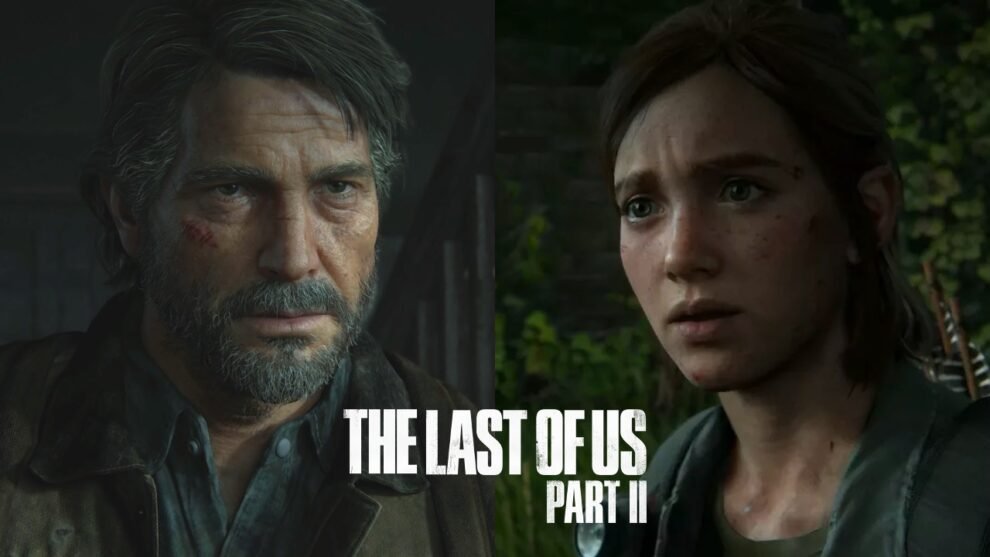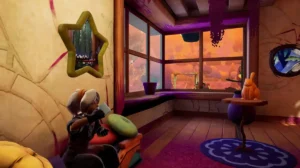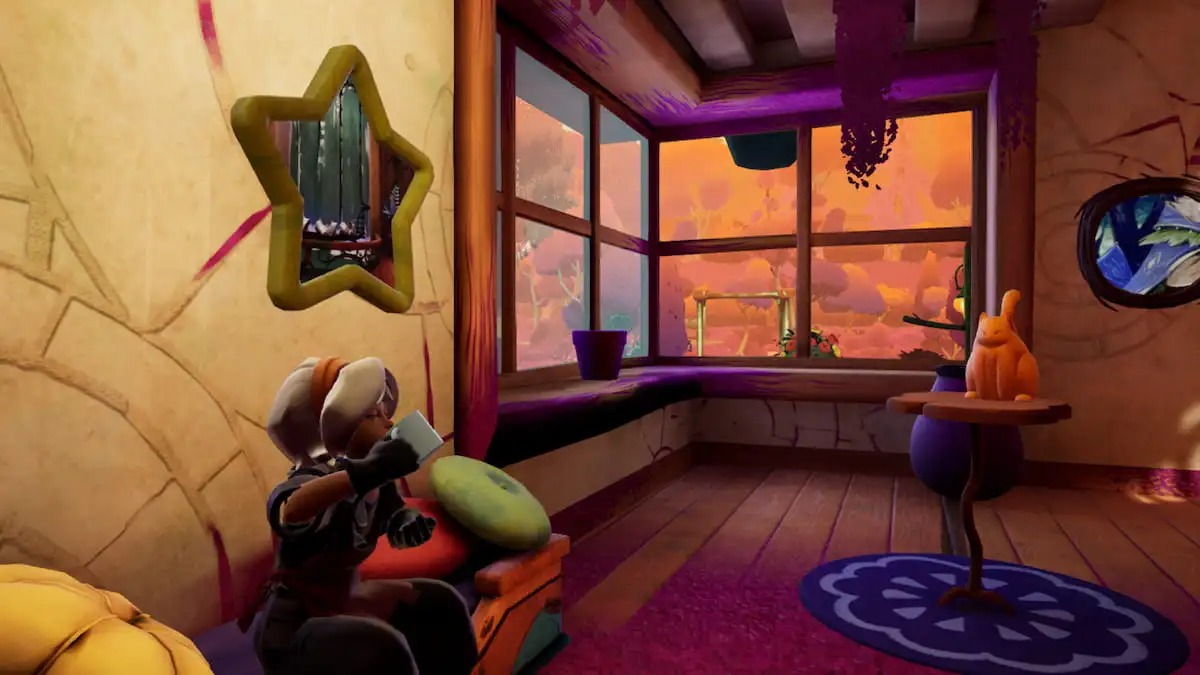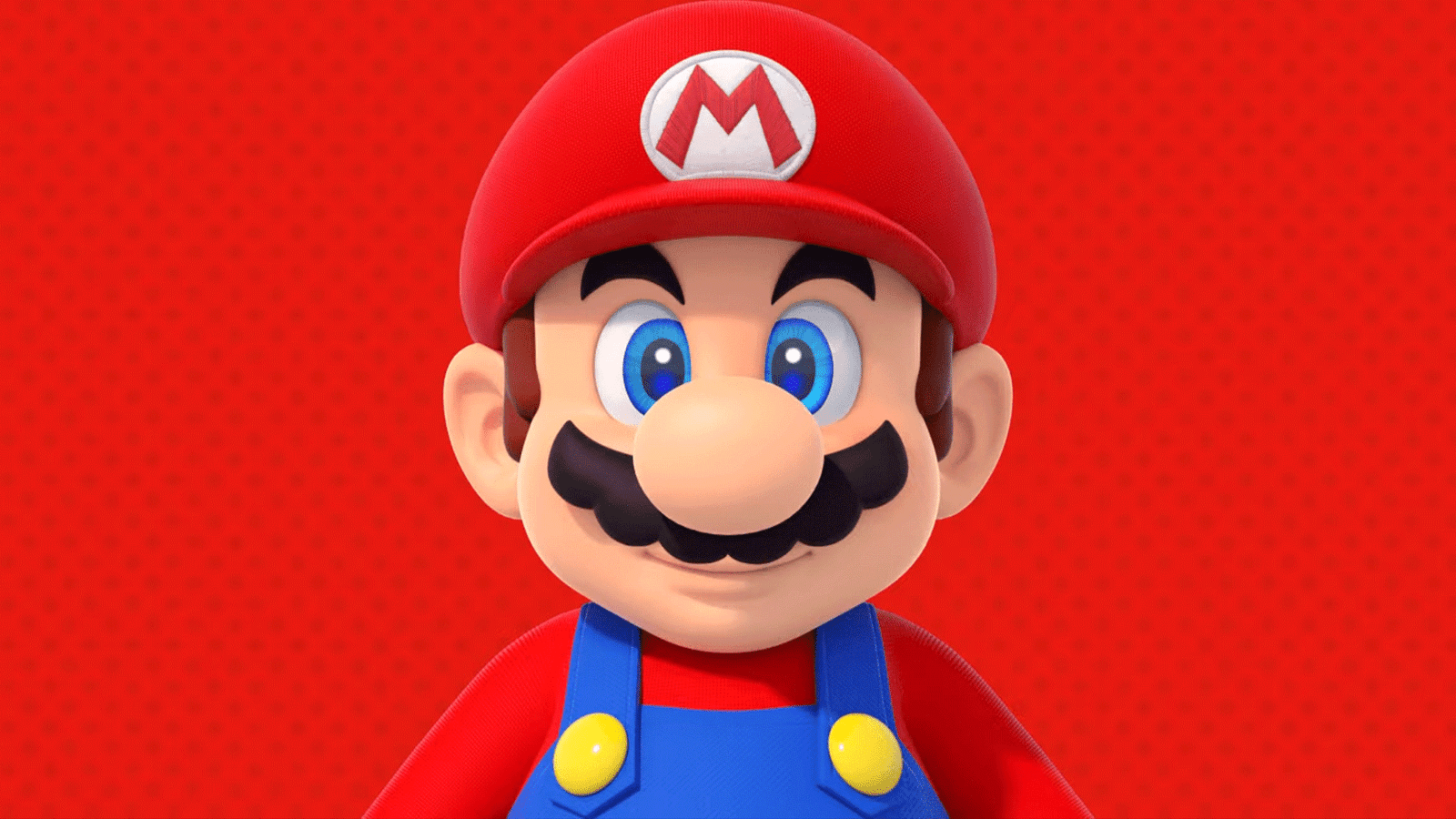The Last of Us Part 2, Naughty Dog’s critically acclaimed sequel, took players on an intense journey of revenge and redemption. However, recent insights from the game’s creators reveal a vastly different initial vision, particularly regarding the fate of a major character. Neil Druckmann, the game’s creative director, and co-writer Halley Gross shared these revelations, providing a rare glimpse into the evolution of this blockbuster game’s narrative.
Key Highlights:
- Neil Druckmann and Halley Gross, the creative forces behind The Last of Us Part 2, revealed significant changes made during the game’s development.
- Originally, Ellie was set to kill Abby in the game’s final act.
- The change to a more hopeful ending was a decision to stay true to Ellie’s character and the game’s overarching themes.
- The original ending would have presented a very different closure to Ellie and Abby’s journey.
- These revelations offer a deeper understanding of the creative process and the narrative decisions in The Last of Us Part 2.
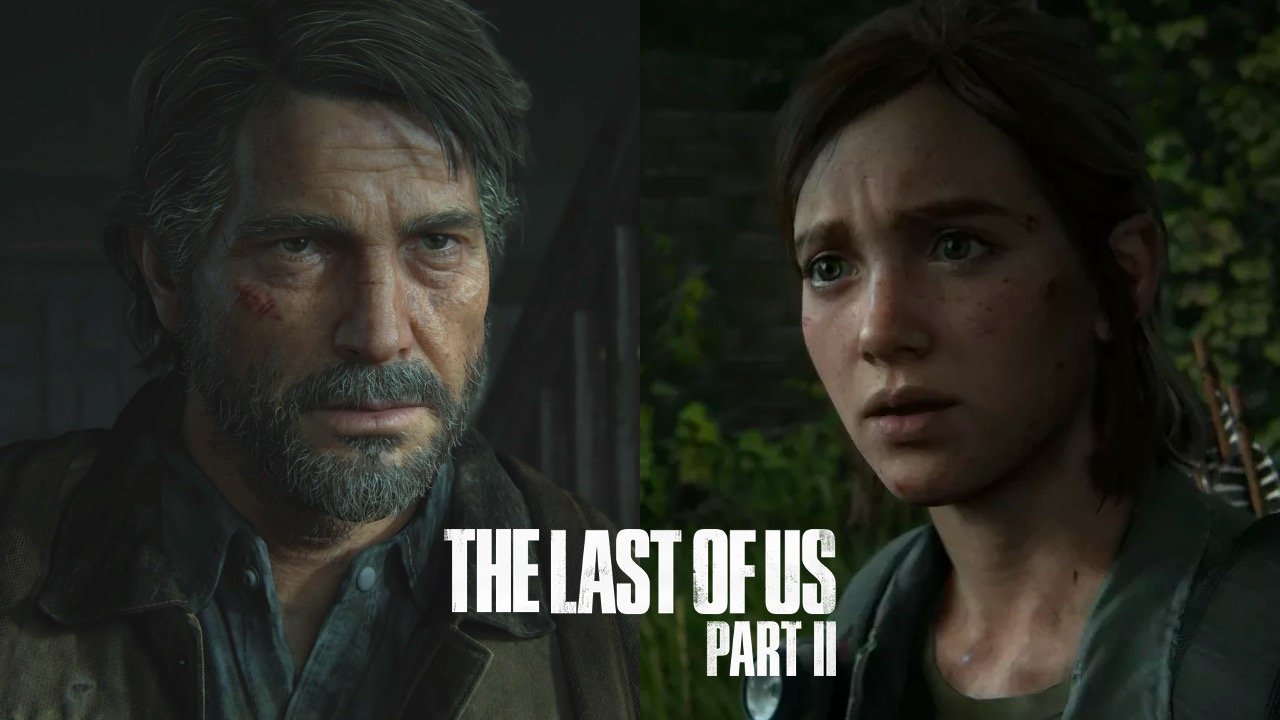
The Original Dark Ending
In the game’s final release, Ellie confronts Abby in a climactic battle but ultimately decides to spare her life. This decision, while controversial among fans, was a significant departure from the game’s original ending. According to Druckmann, for over half of the production period, Ellie was meant to kill Abby, fundamentally altering the game’s tone and message.
A Shift to Hope
The decision to shift towards a more hopeful ending was driven by the desire to stay true to Ellie’s character development. Throughout the game, Ellie struggles with her desire for revenge and the moral implications of her actions. The original ending, which would have seen her succumb fully to revenge, was deemed inconsistent with her journey. Druckmann and Gross aimed to explore themes of forgiveness and the breaking of the cycle of violence, a narrative choice that aligns more closely with Ellie’s character and the series’ themes.
The Impact of Creative Changes
These insights into the game’s development process highlight the fluid nature of storytelling in video games. The Last of Us Part 2’s narrative underwent significant changes, reflecting the creators’ dedication to crafting a story that resonates with its themes and characters. The decision to alter the ending significantly impacts the game’s message and the player’s experience, demonstrating the power of creative flexibility in game development.
The Creative Process Behind Video Game Storytelling
Balancing Narrative and Player Expectations
The Last of Us Part 2’s development underscores the challenges and complexities of video game storytelling. Crafting a narrative that resonates with players while staying true to the characters and themes is a delicate balance. The team’s willingness to revise their vision based on these considerations is a testament to their commitment to quality storytelling.
The Role of Player Feedback
The divisive reaction to the game’s story, particularly regarding Abby’s role and fate, reflects the personal investment players have in the characters and the world of The Last of Us. The creative team had to navigate these strong opinions while staying true to their artistic vision, demonstrating the unique challenges of storytelling in interactive media.
The revelation of The Last of Us Part 2’s original ending sheds light on the complexities of video game storytelling. The choice to spare Abby aligns with the themes of redemption and humanity that permeate the game, offering a more nuanced and hopeful conclusion to Ellie’s journey. This decision reflects the creators’ commitment to storytelling excellence and their understanding of the characters they have crafted. The Last of Us Part 2 remains a testament to the power of narrative in video games, and these insights only deepen our appreciation for this groundbreaking title.

